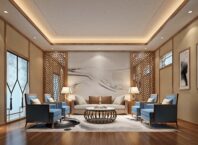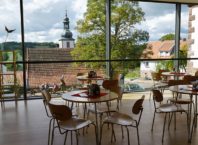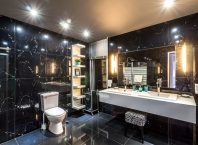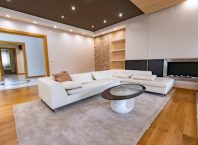What your interiors look like will depend on how you go about building it. I’ve met a lot of people who have an entire team of consultants – interior designers, lighting designers, plumbing consultants, etc. An army of the best. I’ve also met people who draw inspirations from other sources and build it themselves. The difference between the two? Perspective.
Perspective – Something that differentiates the entire thought process of two rather similar individuals. While one looks at it as an opportunity cost, the other notices, well, just the cost. The best part is that neither of them are wrong.
There is no denying that it is super fun building your own interior design, but it may prove to be a costly affair. I’ve compiled a list of ways in which professional help, saves you a decent amount of money:
Where to spend: There are a million things that you spend on while doing your interiors. As you sit there reading this article, looking around yourself. Notice all the elements in your room. For each of those elements, there is a cheaper counterpart and a different premium alternative. How you go about planning this entire purchase exercise also needs professional advice without which most people end up spending a lot initially with very little of their budget left for the last ones (which may be one of the most important ones, like furniture or lights).
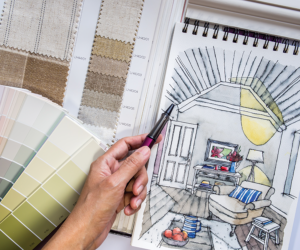

In my years, I’ve noticed a lot of designers err in developing budgets. It is a lot more about fitting in more than the budget can accommodate. What is important is to know how much each element costs along with the ancillary costs that comes along with it.
Good labor – Low wastage: You may sit at the drawing board and create beautiful designs but it is a complete waste if the people executing the designs are not capable of pulling it off. There are a number of factors that distinguish a decent interior designer from a great one. One of them is the team that supports their work. A lot of interior designers only take up the task of designing the place and leave the execution to third parties. But the 3rd party furniture, electrical, plumbing, flooring and false ceiling contractors that they suggest are ones who’ve worked with them in the past and whose wave-length matches that of the designer.
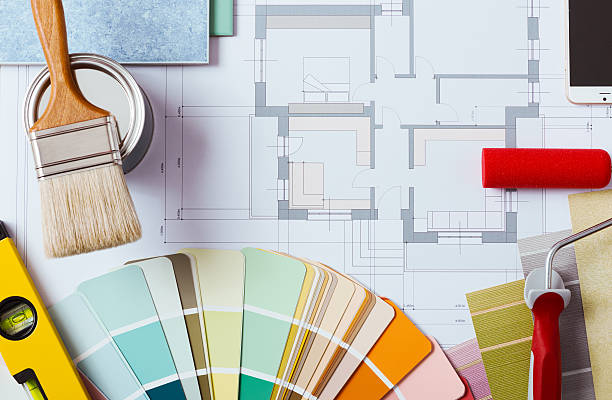

This is crucial because a low quality contractor may do the job, but they’ll consume 25-30% more materials because of the wastage that comes along with their inefficiencies.
Assuming 70-72% of your total budget going into the purchase of materials, a wastage of that amount can easily push your entire interior designing cost by 20-25%. If you were looking to spend around 40-50 lakhs, you’ll end up spending 60. Similarly if your budget increases, so does the wastage that comes along with it.
Coordinated effort: I had the opportunity to interact with some of the most experienced interior designers in the industry. Of all the things I picked up from them, some experiences have taught me a lot. A designer, now in his 60s once told me how small town interior designers in West Bengal in cities like Durgapur, Asansol, Malda, Siliguri complete projects a lot quicker than the interior designers.
He says that the targets were a lot more stringent and hence they had a unique way of executing the designs. Since a lot of them had just one or a maximum of two projects underway in the towns, the coordination was easier. So if one set of contractors were up to a task in one section of the room, they got a different team to complete a different task in the other section. While the electrician completed the overhead wiring and moved on, the false ceiling work was immediately underway. This ensured that the labour efficiency was at the highest. A lot of designers in the city have since then adapted these techniques beautifully in each project. Experienced site supervisors spend time and effort to reach these results on a regular basis.
Now let us look at this from the perspective of commercial interior design. If someone has specified a time frame and budget for the project, it is the duty of the hotel interior designer or the office interior designer to complete it in time without deviating from the budget.
You concentrate on your work: As it is pretty evident that the task of saving money is possible with enough time and effort, it is also important to note that most people cannot spare this much time away from their core business. So this is another important factor that goes on to save you a lot of stress and concentrate on work.
Where to purchase: Not every vendor in the city stocks all products and you cannot afford to visit every store in the city. So the knowledge of where you can find the best interior decoration products is gained through the years. This is another form of savings – time.

